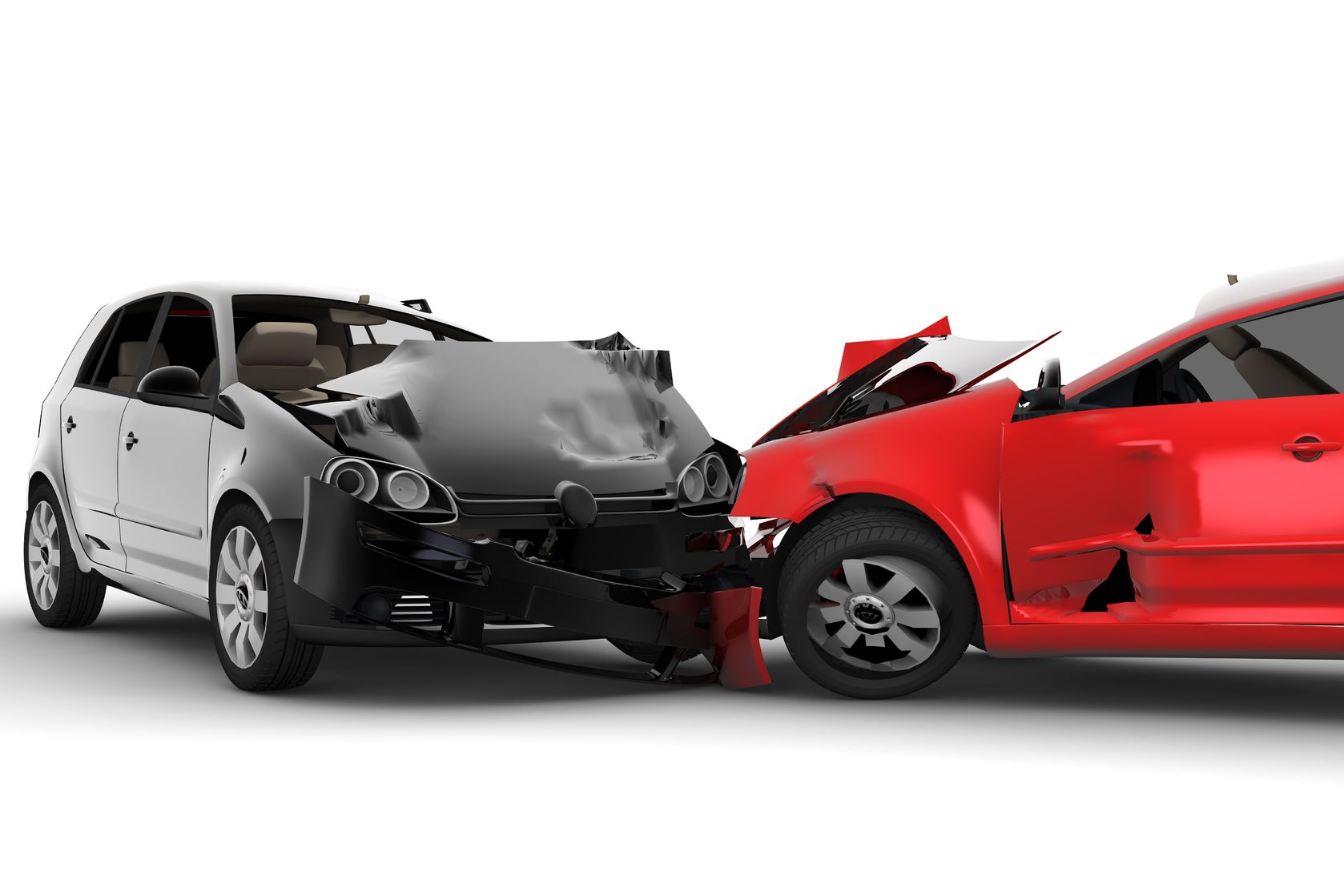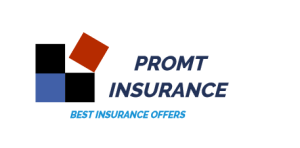Table of Contents
Life is undeniably unpredictable, making the future ambiguous and confused about the complexities of the future. All of us have been victims of life’s uncontrolled impulsiveness, giving us some of the most challenging and harsh times to remember.. we are often put to the test, especially regarding health, energy, and loss of valuables. Therefore, having a well-planned and prepared backup and support system cannot eradicate life’s uncertainty but certainly alleviate the devastating effects.
We prepare and draft plans for the future, but we never know if they will be materialized over time. Such situations are often unavoidable, and each of us has to face the unpredictability of life. With time, inescapable experiences usually lead to wisdom and prudence, encouraging individuals to opt for strategies and devise policies to help them when needed and urgently required. This emergency plan is known as insurance. Having reliable insurance policies gives households and individuals financial, monetary, and emotional support and assistance in emergencies and mishaps. In the event of loss of life and valuables, insurance companies help and support families going through a tough time.

If a Car Accident is Not Your Fault, Does Your Insurance Go Up?
Yes, your insurance can go up even after your not-at-fault accident. Usually, if you have had several accidents, your future risk for accidents increases, so your car insurance premium will increase. On average, around $70 annually in the United States, your insurance can increase after a not-at-fault accident.
One of the reasons your insurance can go up after your not-at-fault accident is that your insurance company will have costs even when someone else is faulty for the accident. Another side of an accident can often be that the party does not have car insurance or does not have enough insurance to cover all the damage.
If you are not the faulty party in a car accident for the first time, your insurance rates are not likely to increase. Most of the time, the at-fault party’s insurance company would be responsible for all your medical expenses and vehicle repairs. If your insurance company did not need to bear the repair costs, your premiums would not increase.
Let us give you an example.
Case A: Uninsured motorist coverage
You drive a car. In one moment, a faulty car driver without insurance will cause an accident in your vehicle. Your insurance company will pay Uninsured motorist coverage (UM) that protects you and your property after an accident in which the at-fault driver does not have car insurance.
Case B: Underinsured motorist coverage
You drive a car. A faulty car driver with basic insurance will cause an accident in your vehicle in one moment. Your insurance company will pay Underinsured motorist coverage (UIM) that protects you and your property after an accident in which the at-fault driver does not have enough money from his car insurance.
Should I Get a Lawyer For a Car Accident That Wasn’t My Fault?
No, you may not necessarily need to get a lawyer for a car accident that was not your fault. However, a legal adviser could help you file a claim or lawsuit against the at-fault party. The lawyer could help file a claim for stress-related effects, frustrations, and injuries against the negligent party.
Solid insurance protects you and your family against predicaments, emotional stress, and financial burden. Half of the responsibility relates to financial loss and abandonment; therefore, insurance companies provide economic and monetary compensation, which can significantly reduce your stress.
What To Do After a Car Accident?
When a car accident occurs, steps can be taken to ensure the safety of everyone involved, avoid breaking the law, and aid the process of getting an insurance claim quickly, regardless of who the fault is. However, after a car accident:
- Check for injuries on yourself and the other passengers involved in the accident. If any, call 911, and if seriously injured, try not to move and wait till the emergency gets to you.
- If you can move, get to safety. Pull the vehicle to the side of the road if it is still safe to drive, but leave it and go to the roadside or somewhere safe if the car is not moveable.
- Report the situation to a law enforcement officer at the scene or the nearest local police station because it is legally required, according to III, which can help in an insurance claim later.
- Record the scene of the accident by documenting the events at the location of the accident. Record information with others involved at the scene of the accident by exchanging the insurance and contact information of the other driver. The recorded data provided by other parties involved in the accident, alongside police reports and other documentation, could ultimately help in an insurance claim.
- Contact your insurance company and begin your claim process.
Insurance policy during a car accident
If you have unfortunately been involved in a severe car accident, then you need to initially check for your safety and that of the passengers. After verifying the safety and security of the driver and passengers, the next step is to follow the rules and regulations of traffic laws and file for an insurance claim to get the necessary monetary compensation. To introduce insurance laws and confirm the safety of passengers, you can follow the regulations stipulated by the Insurance Information Institute to get the necessary paperwork started. This company will state and analyze the faults. They will also outline the process required to make an insurance claim.
- The first step after a severe or minor car accident is to ensure safety. If you or other passengers are critically wounded, call 911 and ask for help. Medical assistance will be dispatched to handle the situation and check for minor injuries or life-threatening wounds.
- If you have been entangled in a massive car in an accident and have been injured with visible injuries, then call for assistance instantly. However, if you are doing well, you must check for the safety of other passengers and your family members. You must inform the medical establishments if they are unwell and have sustained severe injuries.
- If you are stranded in the middle of the road after an accident, you must change your location if possible. After sustaining injuries, if you feel that you can move the vehicle, that is the right thing to do. Park the car on the side of the road or on the sidewalk to not disturb the flow of traffic and jeopardize the safety of other vehicles.
- As for the insurance institute, notifying and alerting the nearest law enforcement agency is mandatory. The responding officers will visit the scene and officially launch the paperwork. In most cases, telling the police officers is highly important as they will report the incident and help you handle it legally and officially. Without the perspective of a neutral handler, it becomes difficult to handle the situation.
- Filing accident reports with police officers is vital as it catalyzes insurance claims. While asking for insurance claims, the company may politely request the legal information generated at the police station. So, it is always ideal to include police officers to expedite the process and assist in an insurance claim.
- After calling the necessary medical and police platforms, stand on the side of the road and use the emergency car to slow down other vehicles.
- After informing the authorities, it is time to begin the insurance process; both drivers must exchange their information and particulars to file an insurance claim. As for the Institute of Insurance Companies, the following is the list of documents required to be exchanged.
• Complete name, personal, or home contact information
• Insurance company and policy number
• Driver’s permit and digits of plate
• Type, color, and make of vehicle
• Venue of accident - After exchanging particulars and credentials, the insurance company will now take over. It is essential to mention that the driver should not point fingers regarding the fault of the accident and should leave this concern to the company. The investigators and the adjusters of the insurance company will make their decision and verify the individual who is at fault depending on the medical information provided by you: the damage sustained on the cars, the exact location of the vehicles at the time of the accident, and evidence collected by police officers through a written report, text and photographs of the scene.
- Record the accident
After a vehicle collision and the intervention of the police officers, note down the police officer’s name, credentials, badge number, and other particulars that may be required when contacting the insurance company to take multiple photographs of the scene to mitigate factual distortion, capture different angles of the vehicle, the physical damage incurred, and the other details of the additional vehicle involved in the accident, such as the license plate number. The police officers and front liners in formatting the accident report should also provide an extra copy to you. This accident report would benefit the insurance company as it will outline the specific elements of the accident without hearsay and assumptions. Lastly, you can also include onlookers and witnesses from the case as they can provide an impersonal perception to the police officers and an insurance company. Note the names of several people present at the scene, including passengers and witnesses.
To initiate the process officially and promptly, call the insurance company at the scene so that you can mention the accurate happening instead of waiting for the next day. The insurance company will decide on your behalf and try to compensate you monetarily and financially. The coverage for another driver, the regulations and limitations of the insurance company, and your insurance will be managed and addressed. Some car insurance companies have initiated a virtual process to file smartphone claims.
Car crashes far away from being minor can result in mental trauma and shock for up to a long time. Therefore, driving carefully within the traffic regulations to reduce the likelihood of accidents is always advised.
How Long After a Car Accident Can Injuries Appear?
After a car accident, injuries are usually visible immediately. However, some injuries may take a while to manifest and could take days or weeks to appear. In the event of a life-threatening injury, an individual may not realize the damage originated from a car accident because it’s probably an internal injury that has to worsen not until weeks before the wound begins to show up; some injuries are internal and do not exhibit symptoms on time.
In other words, people mistake a symptom for a minor ailment. An individual involved in an accident might experience a massive outpouring of adrenaline and endorphins when a harmful event like a car accident occurs. Reducing adrenaline and endorphins can disguise feelings of pain after an accident. However, a particular injury determines how long a symptom can appear after a car accident. It is advisable to monitor the body closely following an accident to call medical personnel if there is any new development of pain and injury signs.
